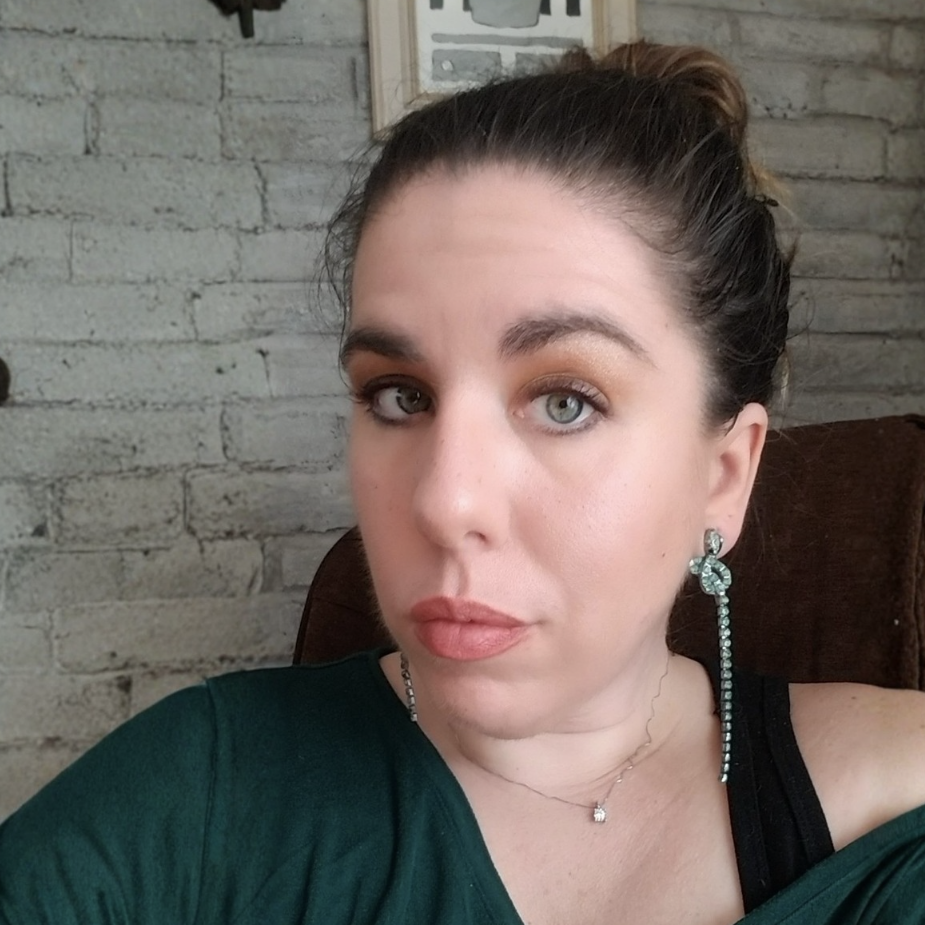
Danielle, a mother in West Virginia, has always done everything she can to keep her six-year-old son healthy. Born at 29 weeks and diagnosed with multiple disabilities, her son has relied on consistent, trusted care from the same pediatrician since leaving the NICU. For years, their visits were simple: a small copay, the care he needed, and no unexpected bills.
That changed in 2024, when the pediatrician’s long-standing independent practice was taken over by WVUMedicine. The shift became clear during a routine September visit. Her son had familiar strep symptoms, and the nurse practitioner confirmed it quickly with a throat swab. Danielle paid her copay and left, expecting nothing more.
Weeks later, she received a bill for more than $500. “I didn’t understand why the sick visit was listed twice,” she said. When she called the hospital billing office, she was told one charge was the doctor’s fee and the other was a “clinic fee,” a facility fee she had never heard of before. No one explained what it covered, why it existed, or why it doubled the cost of the visit.
More bills soon followed. During her son’s December wellness visit, a visit she assumed would be fully covered, she was billed more than $1,200. She remembers the breakdown clearly: “It was $175 for the physician fee, fifty cents for albuterol, $700 for a breathing treatment my son did himself, and another $300 or $400 for the facility fee.”
The wellness visit bill made her physically ill. “I was shaking,” she said. “It didn’t make any sense. I had to go online just to understand what a facility fee even was.”
Danielle appealed the charges. She argued that the same billing code had been used twice, once for the doctor and once for the hospital, without any modifier to distinguish the service. And she emphasized that no one had ever informed her that facility fees would now be added to every visit.
Eventually, the hospital removed the facility fee for that visit, calling it her “first offense,” though Danielle had been charged the same fees before without knowing what they were.
The experience changed how Danielle approaches care for her family. She still takes her son to the same pediatrician because consistency is crucial for him, but she avoids using WVUMedicine for her own needs. She now relies heavily on telehealth through another system, which costs far less and does not add a facility fee. She even brings her own equipment, like their home nebulizer, when she can, just to avoid additional charges.
In January, when her son tested positive for the flu at home, Danielle called the pediatrician’s office hoping they could provide a school excuse. She was told he would need to be seen in person. Danielle refused. “I’m not paying hundreds of dollars in facility fees for a piece of paper.”
What troubles her most is the lack of transparency, and how easily families can be blindsided. “Insurance isn’t required to pay facility fees, and most people don’t know that,” she explained. “Hospitals don’t post the fees, they don’t tell you what they’re for, and they can change them at any time.”
She worries that as hospital systems grow larger, families in rural and low-income areas will have no choice but to pay these fees. “They’re buying up everything. If every place around here charges a facility fee, how are families supposed to afford basic care?”
Danielle wants policymakers to understand the harm these charges create. “It feels predatory,” she said. “Facility fees are hurting people. They’re taking advantage of people who are sick, disabled, or just trying to care for their kids. Health care shouldn’t be a luxury.”
Add your voice to help us continue to push for the best health and health care for all.
SHARE YOUR STORY